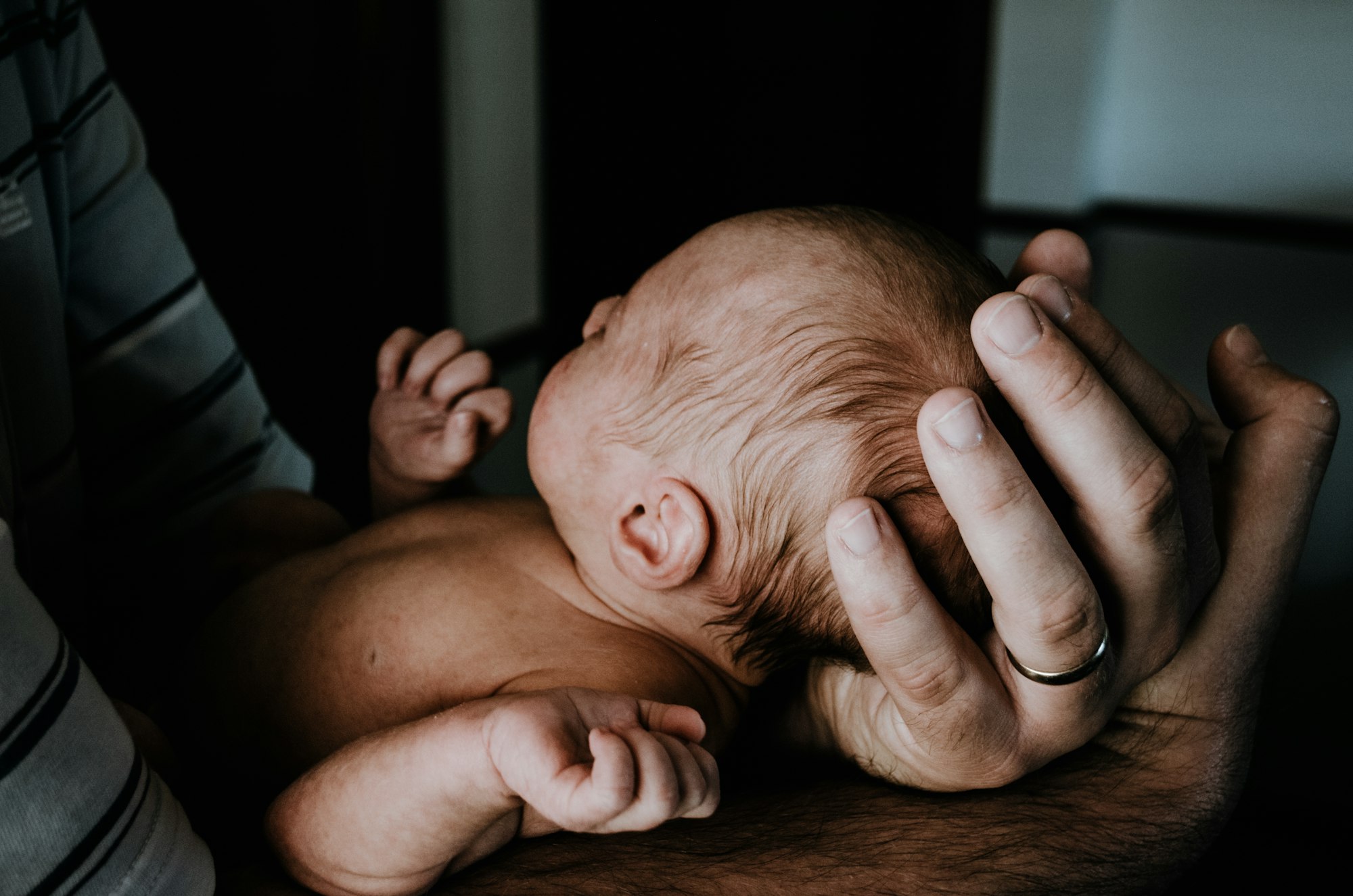The return of menses—this curious, sometimes nerve-wracking, and often unpredictable signpost on the postpartum journey—brings with it a flurry of questions. Some parents hold their breath, hoping routines will quickly return to the “normal” of pre-pregnancy. Others study every sign, searching for clues of hormonal rhythm returning, wondering if their experience is typical or something to discuss. Did you know that for some, periods return almost as soon as postpartum healing settles, while for others, silence stretches on, punctuated only by the steady march of sleepless nights and baby milestones? Shifting hormones, breastfeeding schedules, fatigue, diet—these all play a part. Here, you’ll find clear answers to when and why the return of menses occurs, what to expect, and the medical subtleties that every parent deserves to understand. Guidance, reassurance, and practical science—all to help you move forward feeling informed and supported.
Understanding the return of menses
What does “return of menses” actually mean?
When discussing return of menses, we are talking about the first menstrual period following childbirth. This moment, quiet yet significant, signals the end of postpartum lochia (that initial phase of vaginal discharge after birth) and heralds the body’s journey back to menstrual cyclicity. But this return is hardly straightforward—each parent’s hormonal symphony sets its own tempo. Some feel normalcy return seamlessly; others experience stretched-out cycles, fluctuating flows, sharp cramps, or gentle spotting that teases more than it delivers.
Medically speaking, the body gradually ramps up production of estrogen and progesterone, the key players orchestrating menstruation. And as hormones resume their carefully calibrated dance, the regular shedding of the uterine lining signals that fertility may not be far behind—even if periods themselves are erratic at first.
The science behind postpartum cycles
Right after your baby arrives, the uterus has one mission: heal and contract, expelling lochia (a blend of blood, mucus, and tissue) over a few weeks. This discharge is not a period. Only after the uterus shrinks back and wounds heal do the ovaries contemplate releasing eggs again—a process orchestrated by slowly reawakening hormonal signals.
The hormone prolactin, essential for milk production, is a master of delay. High prolactin from frequent breastfeeding inhibits ovulation, sometimes holding off the return of menses for months or longer. But don’t be fooled: ovulation may sneak back before your first period even shows, meaning fertility returns often out of sight.
Most parents discover that their first few postpartum cycles toss out the old rulebook. Instead of the regular, clockwork periods you may remember, your initial cycles might be heavier, linger longer, or shrink away faster—before rediscovering balance a few months down the line.
Key factors influencing the return of menses
Lochia and periods—spot the difference
After delivery, the body releases lochia for about 2 to 6 weeks—this isn’t a period, but a healing process. The flow is heavy at first, then tapers, shifting from bright red to pink or white. Crucially, continued heavy bleeding, strong odour, fever, or abdominal pain are signals to contact a medical provider; infection or retained tissue require immediate attention.
But when does actual menstruation begin? For parents who aren’t breastfeeding, the return of menses often arrives between 4 and 8 weeks postpartum. For those breastfeeding—especially those feeding on demand—this interval may stretch for months, sometimes extending past a year. Every routine, every body, every baby—each is a variable in this complex equation.
Breastfeeding—the most powerful influence
Feeding your baby at the breast triggers surges of prolactin, and this hormone’s influence is astonishing. Exclusive breastfeeding, both day and night, keeps prolactin high, pushing back the return of menses. Even parents who combine formula and breast milk might see variation—less frequent nursing sets the hormonal brakes loose, and ovulation can quickly follow.
A key medical insight: some ovulate and regain fertility well before any bleeding announces itself. So for families not planning another baby, discussing contraception early (sometimes as soon as sexual activity resumes) makes sense—an unplanned pregnancy can occur even without a period!
Contraception and its effect
- Oral contraceptives: Starting these soon after birth can nudge cycles towards regularity within 1–3 cycles.
- Hormonal IUDs and implants: Light or irregular bleeding marks the first months, but gradual normalization follows.
- Injectables: These can postpone periods for months—sometimes up to a year after stopping.
- Non-hormonal options (like copper IUDs): Permit a natural hormonal pattern, but don’t overturn breastfeeding’s suppression of ovulation.
For every method, what matters most is compatibility with personal preference, health situation, and family goals. Providers offer guidance tailored to each parent—never hesitate to ask your doctor about your options.
Medical and lifestyle factors
Parents living with conditions such as polycystic ovary syndrome (PCOS), thyroid imbalances, or lower body weights may see further delay or unpredictability in the return of menses. Insufficient sleep, rapid postpartum weight loss, and high levels of stress act like secret saboteurs, interfering with cycle reestablishment. Rest, nutrition, gentle activity—these are building blocks for recovery, infusing resilience both physically and emotionally.
Recognising the return—signs, symptoms, and what’s normal
What does that first period feel like?
Your first return of menses can be surprising: is that sudden heavy bleed your period, or something else? Changes abound—heavier or lighter flow, sharp or dull cramps, longer or shorter duration, all are common. The uterus still shrinks and heals, accounting for much of the irregularity in early cycles. Over time, most settle into a pattern that, if not identical to before pregnancy, at least feels predictable again.
Emotions and hormonal surges
Hormonal recalibration isn’t merely physical—emotional shifts ride along. Steep drops and climbs in estrogen and progesterone can bring mood swings, tiredness, or periods of sadness, especially amidst daunting newborn care demands. Is it temporary? Usually. But sustained or severe emotional changes (persistent low mood, irritability, or emptiness) signal a time for compassionate professional input.
Lifestyle, nutrition, and the return of menses
Diet, activity, and daily rhythm
The body’s resources—vitamins, minerals, energy—directly influence how smoothly monthly cycles regain their footing. Dramatic changes, like rapid dieting or intensive exercise, can keep the return of menses at bay. What helps? Focus on wholesome, varied meals, and listen to your energy levels: gentle walks, stretching, and gradually resuming former routines are trusted ways to bolster recovery.
Stress, sleep, and mental wellbeing
Every new parent knows rest is elusive. But stress, poor sleep, and mental health adversities don’t just take a toll on your mind—they may throw hormones further off balance. Practices like deep breathing, connecting with supportive relatives or friends, and giving yourself permission to pause are more than pleasant—they’re restorative and necessary.
Sex, family planning, and timing another pregnancy
Sexual intimacy might resume after the postpartum checkup, but here’s a detail easily overlooked: ovulation may precede the first period. If another pregnancy is not on your immediate horizon, ask your provider about contraception options. From oral pills to copper or hormonal IUDs, implants, or barrier methods, every family can find what suits them best.
Tracking, management, and seeking support
Monitoring your recovering cycle
Period tracker apps, ovulation kits, or even a simple notebook—all tools to map your return of menses and understand your new normal. Track how often you bleed, amount, pain level, and associated symptoms; this data proves invaluable for discussions with medical professionals.
- Early on, pads are safest to avoid infection.
- For pain, paracetamol (acetaminophen) is generally accepted for breastfeeding parents.
- Hydration, nutritious food, appropriate rest, and mindful movement weave together to support recovery.
When to reach out for help
- No period for 90 days post-birth if not breastfeeding
- Heavy bleeding (soaking more than one pad per hour over several hours)
- Large clots or sudden, severe pelvic pain
- Bleeding comes with fever, chills, or “off” smelling discharge
- Emotional symptoms—sadness, helplessness, anger—that don’t resolve
Prompt advice from healthcare professionals, regular follow-ups, and attentive listening to your body help ease concerns and promote confident parenting.
Long-term view: fertility, health, and life beyond the first year
Family planning and the future
Ovulation’s unpredictable return means conception is possible before any period arrives. If spacing pregnancies is a wish, many providers suggest an interval of 18–24 months between births for parent and child health. Regular discussions about family goals, medical needs, and contraception fine-tune this timeline for every circumstance.
Persisting cycle changes
Is your return of menses still absent, irregular, extremely heavy, or simply worrying long after postpartum months have passed? Rather than watching and waiting indefinitely, a discussion with your provider opens the door to reassurance, investigation, and tailored care.
Key Takeaways
- The return of menses after pregnancy is highly individual, dictated by hormones, breastfeeding, health, and lifestyle influences.
- Exclusive breastfeeding can significantly delay periods, but ovulation (and thus fertility) might return without warning.
- Expect temporary changes: heavier, lighter, longer, or shorter cycles are normal in early months after birth.
- Tracking your cycles helps unravel what’s normal for you and when it’s time to seek care.
- Nutrition, rest, emotional health, and gentle activity support both recovery and the resumption of regular periods.
- Healthcare providers are essential partners in postpartum recovery—for any concerns, big or small.
- For practical health tips and to track your wellbeing, download the application Heloa, offering free child health questionnaires and personalised advice.
Questions Parents Ask
How long does it usually take for periods to become regular again after they return?
It’s perfectly normal for postpartum cycles to dance between irregular, light, heavy, brief, or long—especially in the months after the return of menses. Some regain routine quickly, within two or three cycles. Others stretch longer, especially with continued breastfeeding or fluctuating sleep. Give your body patience; regularity often follows in time. If abnormal bleeding lingers, a healthcare check is wise.
Is it normal for the first period after childbirth to be longer or heavier than before?
Absolutely, yes. The uterus is still finding its rhythm, and the first return of menses can bring an unusually lengthy or heavy cycle. This usually stabilises in later months. But any bleeding that feels excessive, or causes concern, is always reason enough to consult your provider.









